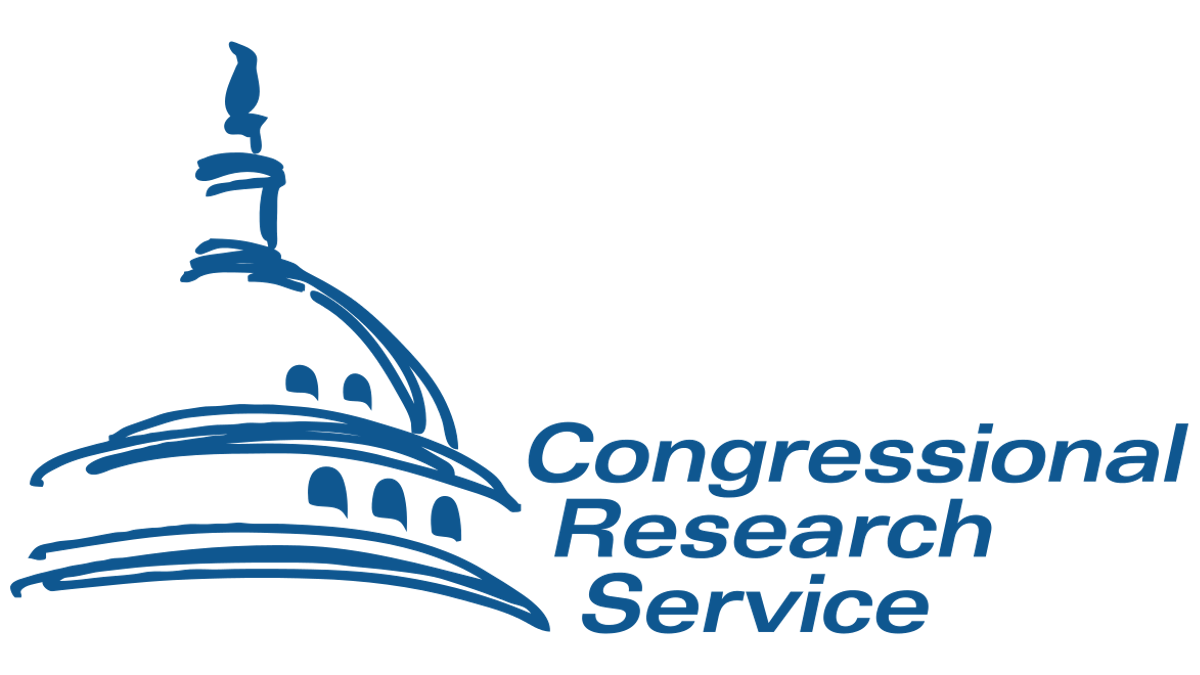Report
Congressional Research Service: Federal Reserve Emergency Lending
During the last financial crisis, the Federal Reserve extended credit to nonbank financial firms for the first time since the 1930s. What is similar and different about the Fed's role during current economic fallout from COVID-19?

During the last financial crisis, the Federal Reserve extended credit to nonbank financial firms for the first time since the 1930s. What is similar and different about the Fed's role during current economic fallout from COVID-19?
The 2007-2009 financial crisis led the Federal Reserve (Fed) to revive an obscure provision found in Section 13(3) of the Federal Reserve Act (12 U.S.C. 344) to extend credit to nonbank financial firms for the first time since the 1930s. Section 13(3) provides the Fed with greater flexibility than its normal lending authority. Using this authority, the Fed created six broadly based facilities (of which only five were used) to provide liquidity to “primary dealers” (certain large investment firms) and to revive demand for commercial paper and asset-backed securities.
More controversially, the Fed provided special, tailored assistance exclusively to four firms that the Fed considered “too big to fail”—AIG, Bear Stearns, Citigroup, and Bank of America. The Fed’s use of Section 13(3) in the 2007-2009 crisis raised fundamental policy issues: Should the Fed be lender of last resort to banks only, or to all parts of the financial system? Should the Fed lend to firms that it does not supervise? How much discretion does the Fed need to be able respond to unpredictable financial crises? How can Congress ensure that taxpayers are not exposed to losses? Do the benefits of emergency lending outweigh the costs, including moral hazard? How can Congress ensure that Section 13(3) is not used to “bail out” failing firms? Should the Fed tell Congress and the public to whom it has lent?
This March 2020 report from the Congressional Research Service covers the history of Federal Reserve spending during the 2007-2009 financial crisis and explores these questions in the context of COVID-19 and the economic fallout in the United States.
The Congressional Research Service is a nonpartisan legislative branch agency that works exclusively for the United States Congress, providing policy and legal analysis to committees and Members of both the House and Senate, regardless of party affiliation.